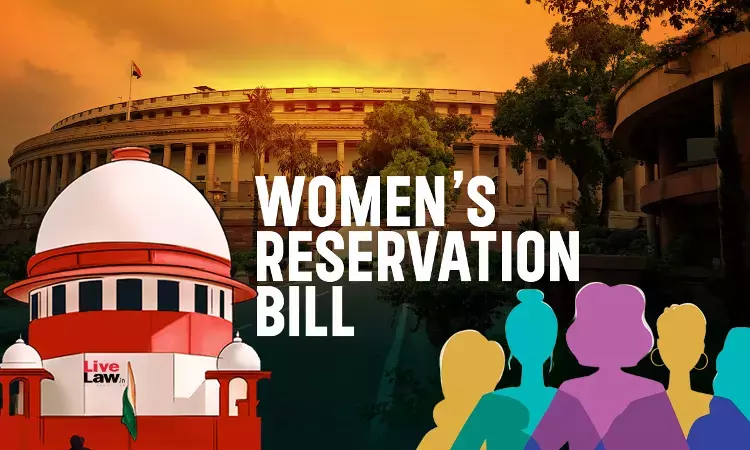
Image Source: livelaw
As per recent developments, the Supreme Court (SC) has indicated that it may be challenging to press for the implementation of a women's quota in the Indian Parliament before the upcoming Lok Sabha elections. This decision has significant implications on the ongoing debate surrounding gender representation in the country's political landscape.
Background and Context
For years, the issue of women's participation in the Indian political sphere has been a subject of intense discussion and debate. Advocates for gender equality have long emphasized the need for increased representation of women in elected positions, including within the Lok Sabha, the lower house of the Indian Parliament. However, despite persistent efforts to implement a quota system for women in politics, progress has been slow and often met with various challenges.
Supreme Court's Perspective
The recent stance taken by the Supreme Court has introduced a new dimension to the discourse on women's reservation in Indian politics. Citing the complexities involved in altering the electoral process, the court has highlighted the practical difficulties associated with immediately enforcing a women's quota in the Lok Sabha, particularly in the lead-up to the impending general elections. This perspective emphasizes the need for a comprehensive understanding of the legal and logistical hurdles that such a policy change may entail.
Implications and Way Forward
The SC's position underscores the necessity for a nuanced approach in addressing gender disparity in Indian politics. While the demand for greater female representation remains a pressing concern, it is essential to evaluate the feasibility and implications of implementing policy measures within the existing political framework. Moving forward, it is imperative for policymakers, activists, and legal experts to collaborate in devising inclusive strategies that promote gender parity without undermining the fundamental tenets of the Indian electoral process.
Furthermore, the decision serves as a call to action for fostering a broader dialogue on the structural and societal factors that hinder women's participation in politics. Efforts should be directed towards creating an enabling environment that encourages women to enter the political arena, facilitates their sustained engagement, and safeguards their rights and interests within the democratic framework of the country.
Conclusion
In conclusion, the Supreme Court's recent stance on the implementation of a women's quota in the Lok Sabha prior to the forthcoming general elections sheds light on the intricate challenges associated with advocating for gender equality in the political domain. While acknowledging the urgency of addressing the issue, it is imperative for all stakeholders to adopt a pragmatic approach that accounts for the legal, logistical, and societal complexities inherent in effecting meaningful change. By fostering a collaborative and inclusive approach, India can strive towards creating a more equitable and representative political landscape that empowers women and upholds the principles of democracy.